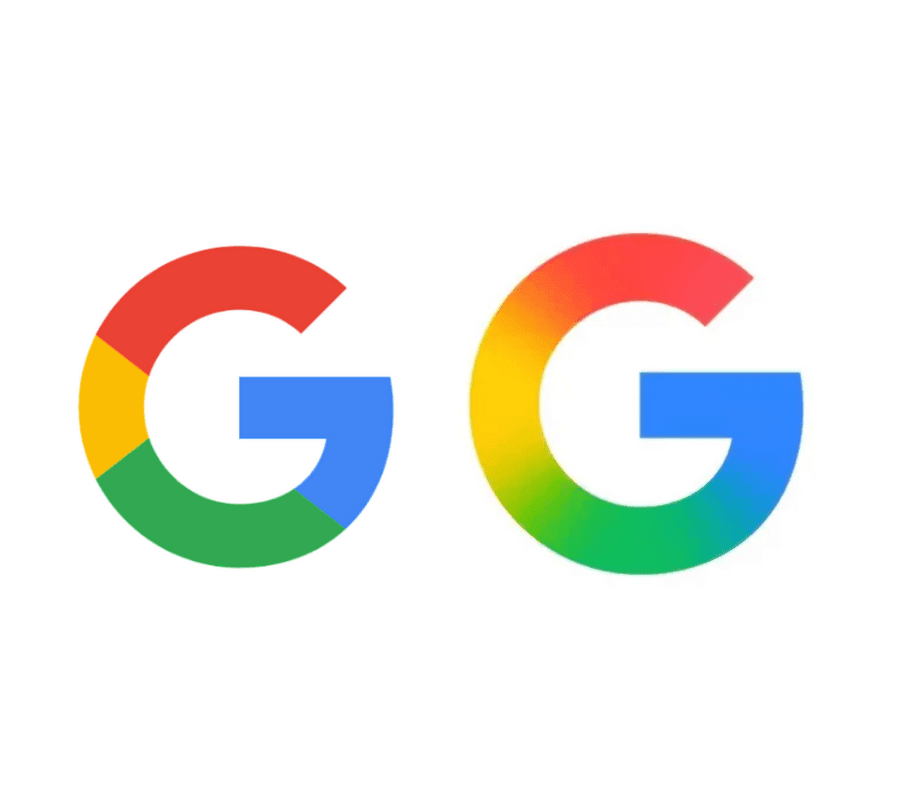Google just rolled out its first major logo redesign in a decade, swapping its familiar four-color 'G' for a gradient version that signals the company's pivot into the AI era. The change will cascade across Gmail, Drive, Meet, and Calendar in coming months, marking a visual evolution that aligns with the company's Gemini AI branding strategy.
Google is rewriting its visual identity playbook. The tech giant just announced its first major logo overhaul in a decade, introducing a gradient version of its iconic 'G' that blends the company's signature red, yellow, green, and blue into a unified, brighter design. The change isn't just cosmetic - it's a strategic signal of Google's transformation in the AI era.
The gradient logo first appeared quietly in Google's mobile apps back in May, but now it's going company-wide. According to Google's official blog post, the design will roll out across all platforms over the coming months, replacing the segmented color blocks that have defined Google's visual identity since 2015.
The timing isn't coincidental. Google's new logo directly mirrors the gradient aesthetic of its Gemini AI platform, creating visual consistency across the company's AI-focused product portfolio. "The change reflects our evolution in the AI era," Google stated in the announcement, making clear this rebrand is about more than aesthetics - it's about positioning.
Brand experts are already dissecting the move. The original 2015 logo redesign coincided with Google's restructuring under parent company Alphabet, and this latest change comes as the company faces intense AI competition from OpenAI, Microsoft, and Meta. The gradient design language creates immediate visual association with Google's AI capabilities at a time when artificial intelligence dominates tech headlines.
Google Home users got an early preview of the company's design direction. The smart home platform quietly updated its logo to match the new gradient aesthetic, suggesting a coordinated rollout strategy that extends beyond the core Google brand.
The practical implications are significant. Gmail's 1.8 billion users will soon see the familiar red 'M' evolve into a gradient version. Google Drive, Meet, and Calendar are also slated for updates, creating a unified visual ecosystem that reinforces Google's AI narrative every time users interact with the company's products.
This marks Google's most ambitious rebranding effort since the 2015 shift from its serif wordmark to the current sans-serif design. That previous change emphasized simplicity and mobile-first design. This latest evolution emphasizes integration and AI sophistication, reflecting how dramatically the competitive landscape has shifted.
